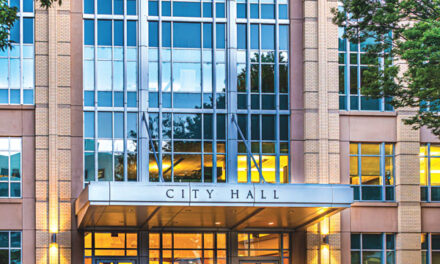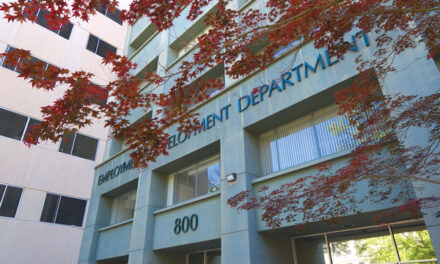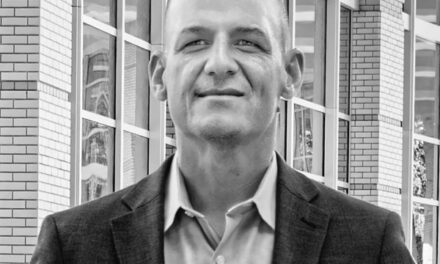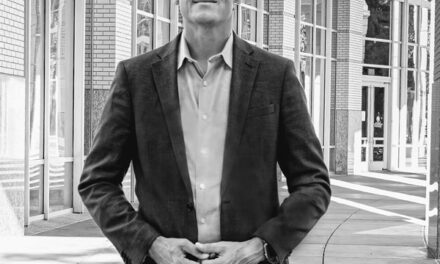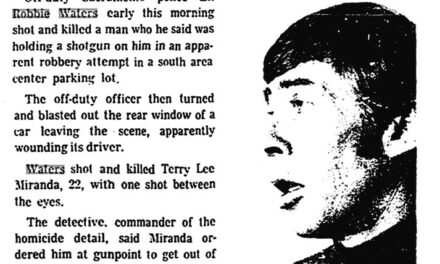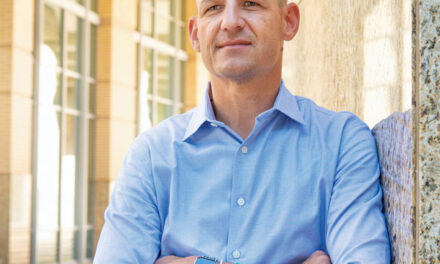To see how Sacramento is managing the economic crisis, visit Fifth and K streets. That’s the heart of the Downtown Commons entertainment center. It’s a six-block stage where the city’s recovery will play out in miniature.
Until March, DoCo represented everything grand and hopeful about Sacramento. The whale was Golden 1 Center, drawing audiences from valley to foothills. Profitable symbiotic relationships formed with multiple restaurant groups, including Yard House, Polanco Cantina, Sauced BBQ, Punch Bowl Social and Echo & Rig, plus a handful of retailers and the Sawyer Hotel.
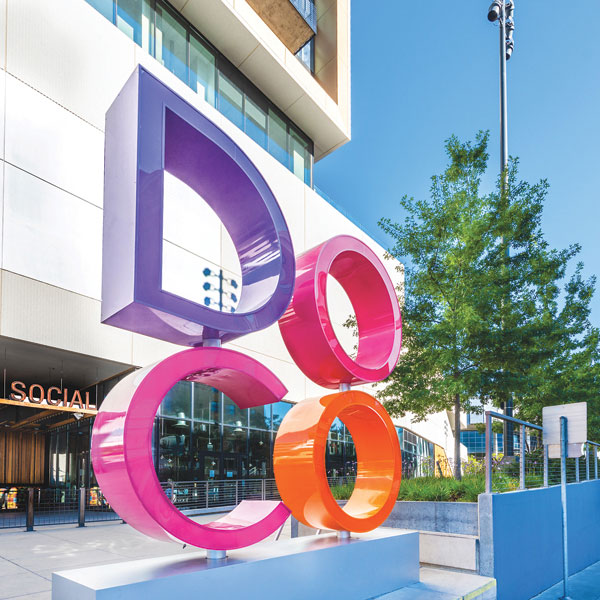
DoCo is the rare Sacramento space lubricated by outside dollars. It attracted investors from Livermore (Sauced), San Rafael (Polanco), Las Vegas (Echo & Rig), Denver (Punch Bowl Social) and Orlando (Yard House) who could drop money elsewhere, but chose to build Downtown. Pulling businesses into K Street has been tough for 50 years. DoCo made the phones ring.
Today, as the city lurches onward in turbulence brought by COVID-19, DoCo is the test case. Along with Old Sacramento, DoCo relies on the critical mass generated by crowds swarming from elsewhere—crowds that won’t return until the virus is reasonably under control.
If DoCo stumbles and loses tenants, the impact will be severe. While the chances are remote that DoCo will follow previous K Street malls into the oblivion of wrecking balls, nothing is impossible.
Businesses in East Sacramento, Midtown, Land Park, Arden-Arcade and Pocket rely on locals and regulars to nurse them through the economic dead zone. DoCo has only a handful of residents. It lacks legacy and needs Golden 1 Center to operate at high capacity and draw regional audiences. As California reopens, the last places to fill are arenas, stadiums and concert venues. Generous occupancy limits may never return.
It’s impossible to predict Sacramento’s fate. The local engine is powered by public employment. With the state facing massive budget deficits, nightmares from the Great Recession of 2008 are roaring back.
A decade ago, state workers were furloughed on Fridays. City workers—even cops—were laid off. Public swimming pools were padlocked. Fire stations closed on a rotating basis. Property values plummeted amid foreclosures. Local unemployment pushed 12 percent. Pain from 2009 still lingers. The City Council restored many but not all services cut in the recession.
City leaders believe Sacramento will survive the coronavirus economic meltdown with minimal hardship. City Manager Howard Chan predicts a $92 million whack to the general fund over two years, primarily through loss of sales taxes and fees. But the city has reserves, plus an $89 million stimulus check from the federal government to help cover expenses related to COVID-19.
Sacramento sales taxes have collapsed. Sales taxes provide 31 percent of city revenue. But city leaders believe the other great civic resource—property taxes—will continue with minimal disruption. Property taxes deliver 28 percent of city income. If public agencies begin to layoff workers and local real estate markets crash, faith in property taxes will seem naïve and irresponsible.
Despite its troubled history, Fifth and K has been the corner where the city bets on its future. Interstate 5 was built on the east side of the Sacramento River to deliver cars to the original K Street mall. Macy’s is the lone survivor of that dream. Sauced BBQ and 24 Hour Fitness stand nearby, where Liberty House and I. Magnin department stores once dazzled.
K Street has always fought back. Here comes the fight of its life.
R.E. Graswich can be reached at regraswich@icloud.com. Follow us on Facebook, Twitter and Instagram: @insidesacramento.



